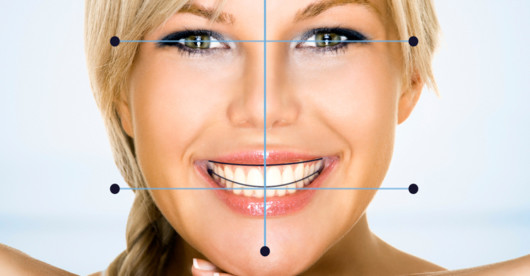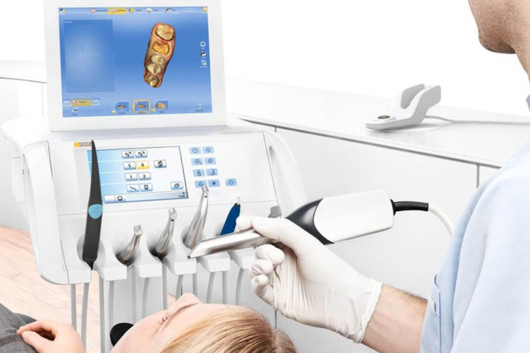Modern life is definitely easier on people when compared to centuries gone by. Life expectancy is higher, quality of life is improved, and modern technology makes everyday living that much easier. Can you imagine a life without electricity, cars, smartphones, computers, and other modern comforts we take for granted each day?
And one modern innovation that has undoubtedly improved our lives, and our smiles, is dentistry. Your smile would certainly be a lot less appealing without dental check-ups, cleans and even toothpaste.
In this article, we will share five game-changing advancements in modern dentistry, such as digital smile design and more. Read on to discover what they are.
Digital Smile Design
Digital Smile Design, or DSD, is a dental treatment planning technology that works by analysing the patient’s dental and facial structure. This is done through cutting-edge videography and digital technology.

The dentist utilises a diagnostic software that creates a highly accurate three dimensional model of your teeth, jaw and face. Then, the dentist creates an ideal treatment plan to correct your smile based on the imaging.
Working with your unique preferences in mind, the dentist then gets to work on creating your winning smile.
Digital X-Ray Tech
Another new technology in modern dentistry is digitised X-rays. Using digital imaging technology, these machines are fastly replacing traditional radiographs.
This technology is becoming increasingly popular with dental clinics around the world. This is for several reasons.
For one, these machines are faster and offer improved efficiency than older radiograph technology. In addition, their imaging is more accurate when compared to radiograph images.
How do they work, you ask? Let’s explore that. The dentist places an electronic sensor plate into your mouth, which works to capture the image. Using digital relaying technology, the image is then sent to the dentist’s computer, where they can view it.
An added benefit to this technology is that there is no radiation exposure, which greatly benefits the patient and dentist.
Laser Tooth Cavity Detection Technology
The traditional tool for cavity detection is called an “explorer”. You’ve seen and felt one of these before, as the dentist pokes around your mouth to detect holes in your teeth (cavities).
Yet new technology has emerged onto the dental market, and that is laser cavity detection tools.
A diode laser is used to detect holes in your teeth, and your dentist can even compare decay levels between visits before deciding on a filling or root canal treatment.
The technology works like this: when your healthy teeth become exposed to the diode laser’s wavelength, they don’t glow – returning a low reading. However, decayed teeth will glow, depending on how decayed they are. A higher reading is returned for more decay.
Computer Assisted Design and Manufacture
Another high tech innovation in modern dental care is the use of computer-assisted design and manufacture, or CAD/CAM.
This technology means that complex dental procedures such as crown and bridge fittings are done in fewer visits.
The traditional way to manufacture a crown utilises a mould, which the dentist makes and then sends away for the crown to get manufactured. However, with this technology, the dentist drills the tooth to prepare for the crown and takes a picture using a computer.

This image is then sent to a machine that manufactures the crown right then and there. How amazing is that?
Improved Filling and Bonding Materials
When you chip a tooth, a dentist can repair it and even make it look better than it did before the damage. This is due to improvements in bonding and filling material and techniques.
The bonding material used today is a resin, a type of plastic. This material is more durable than substances used in the past and also shines better – giving you a dazzling smile.
Due to the wider range of colours available in this material, a dentist can better match the bonding material’s colour to your teeth thanks to modern technology.
Better and Longer Lasting Implants
Implants are fake teeth that replace teeth removed due to infection, cavities, damage or decay.
Due to innovations in the technology behind implants, today’s implants last longer than in years gone past.
The implant is installed with a screw, which works to replace your tooth’s natural root. It is fused with your jawbone. A crown is then placed over this device.
Implants had a higher failure rate in the past, but with improvements in technology, they can last fifteen years or more.
A Charming Smile Summary
We’ve shared six game-changing advancements in modern dentistry technology in this helpful article. From improved implants to digital smile design, we’ve covered some of the most innovative tech that is emerging in this space. Ask your dentist the next time you visit about some of the new technology they see and use. Thanks to this tech, the science behind your improved smile has never been better.



